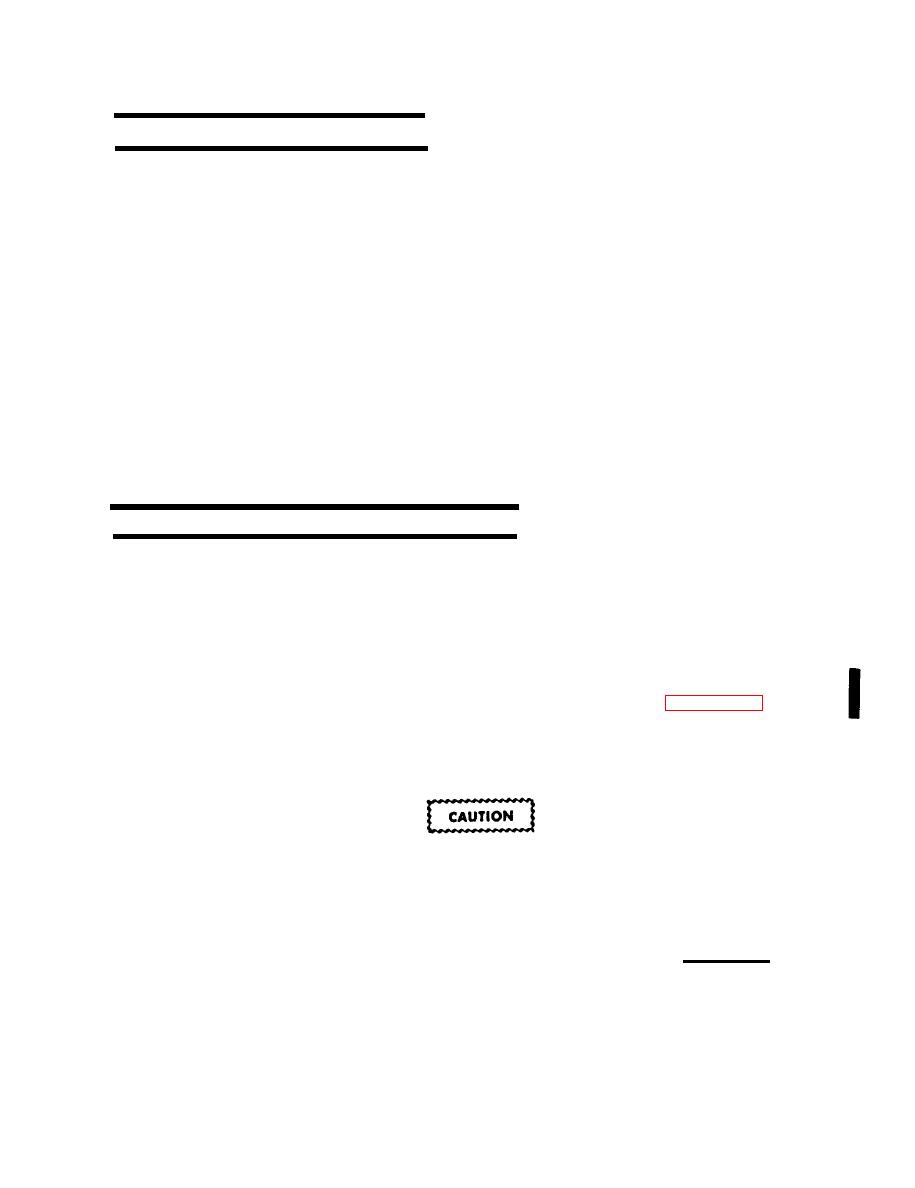 |
|||
|
|
|||
|
|
|||
| ||||||||||
|
|
 TM5-4120-384-14
5-18.
OVEREEATING CHECKS.
Overheating of the refrigeration system is often the cause of
bubbles appearing in the sight glass, or a reduction in cooling
Adequate cooling of the hot, compressed refrigerant
capacity.
vapor in the condenser is essential to the proper operation of the
The following checks should be made to ensure
air conditioner.
that overheating is not the cause of the symptoms before
troubleshooting the pressurized portion of the refrigeration
system:
a.
Be sure there is no
external obstruction to air flow into
the condenser intake screen
and out of the condenser fan guard.
Be sure
there
is
no
obstruction
within
the
intake
screen
and
b.
fan guard.
Be sure there are no obstructions
or
an
excessive
build-up
c.
of
dust and dirt in the condenser coil.
REFRIGERANT PRESSURE CHECK.
5-19.
Except in cases where it is obvious that the refrigerant charge has
been lost, the first step in troubleshooting problems in the
refrigeration system should be to check discharge and suction
Check pressures as follows:
pressures under operating conditions.
a.
T u r n MODE SELECTOR switch to OFF.
On models F18H-3S and F18H-1S remove charging valve access
b.
On all other models remove top cover (see para 4-11).
cover.
Connect individual pressure gages or a refrigeration
c.
servicing manifold and hoses to high (discharge) and low (suction)
charging (service) valves.
Take care that only a very small amount of
refrigerant is allowed to escape during hose
d.
Loosen
hose
connections
at
gages
or
charging
manifold.
Open high (discharge) pressure service valve sliqhtly
e.
to purge air from hose.
Tighten high pressure hose
connection at gage fitting as soon as a hissing sound is
heard.
Change 2
5-39
|
|
Privacy Statement - Press Release - Copyright Information. - Contact Us |